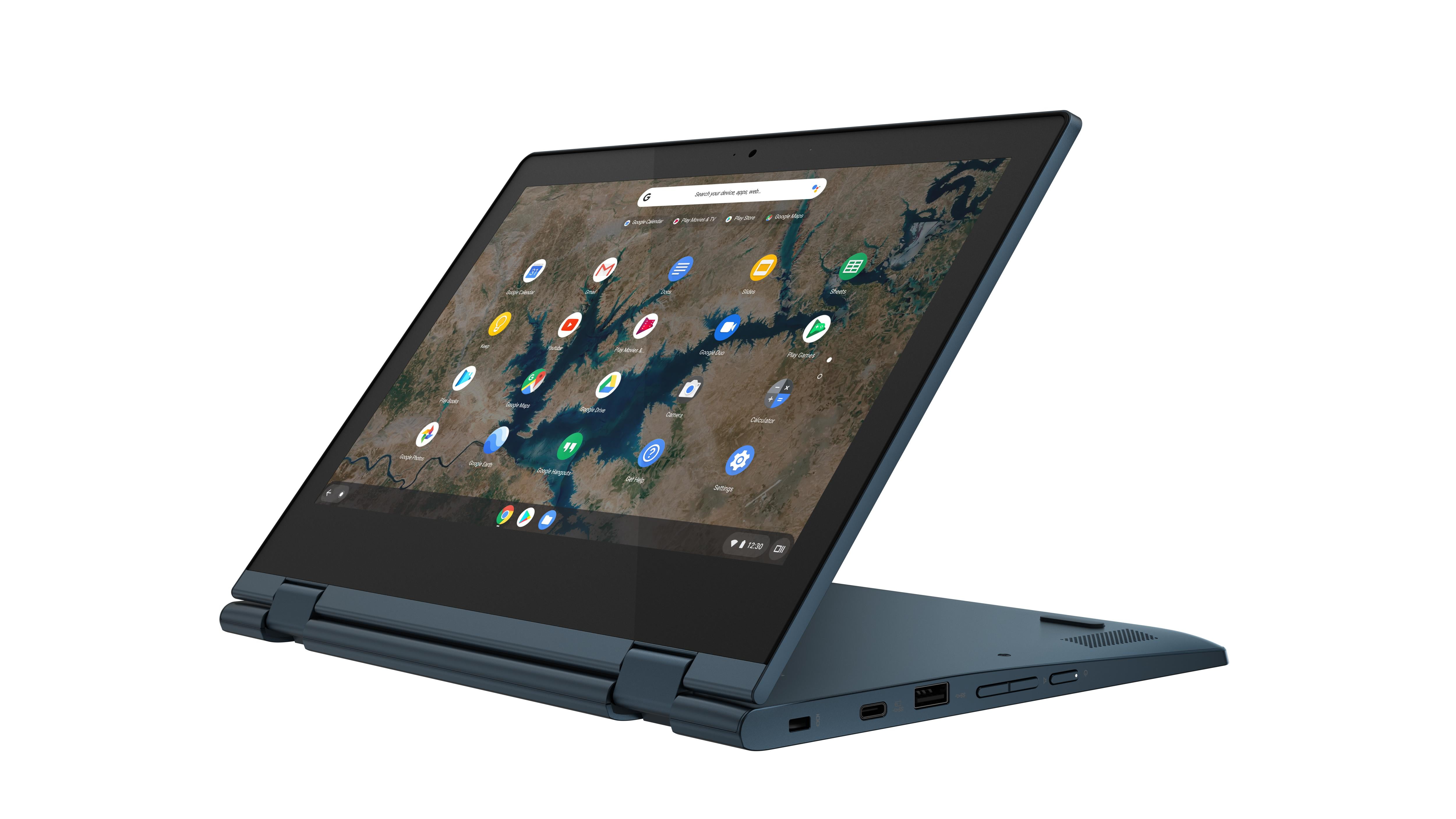

At the time of European contact in the late 15th century, they were the principal inhabitants of most of what is now. The Taíno were a historic indigenous people of the Caribbean, whose culture has been continued today by Taíno descendant communities and Taíno revivalist communities.

It was the first Indigenous language encountered by European colonizers, so it’s no surprise that many Taíno words made it into European languages.Lokono, Kalinago, Garifuna, Igneri, Guanahatabey. Taíno is an Arawakan language spoken by the Taíno, Ciboney, Lucayan, and Yamaye peoples of what is now Puerto Rico, Cuba, the Dominican Republic, Jamaica, and across the Caribbean. Christopher Columbus visited multiple islands and chiefdoms on his first voyage in 1492, which was followed in 1493 by the establishment of La Navidad on Hispaniola, the first permanent Spanish settlement in the Americas. Instead, he lands in what Europeans will call the “New World.”The Taíno were among the first American people to encounter Europeans. Christopher Columbus seeks a shorter sea route to India to help Spain get a foothold in the profitable spice trade. Taino In the Bahamas, the Taíno are 125,000 strong in 1492 when they encounter the crew and the Italian captain of three Spanish ships.


 0 kommentar(er)
0 kommentar(er)
